ITEC6620: Information and Systems Security - Physical Security Report
VerifiedAdded on 2022/12/23
|6
|1029
|28
Report
AI Summary
This report examines the critical aspects of information and systems security, focusing on physical security measures and the vulnerabilities inherent in IT infrastructure. It begins by defining physical security and highlighting its importance in protecting hardware, networks, software, and data from various threats, including theft, natural disasters, and cyberattacks. The report then delves into specific issues within IT infrastructure, such as the activation of unauthorized policies and the impact of unrestricted access to backup servers. It categorizes physical security threats into internal, human, and external types, and discusses the methods attackers use to bypass security controls, such as brute force and dictionary attacks. The report emphasizes the need for strict authentication and configuration management, including identifying, analyzing, and authorizing modifications to the existing system. It also explores measures for physical security control, such as surveillance, rack mount servers, and securing unused workstations. The conclusion underscores the necessity of maintaining high security for authentication and configuration control, along with the ongoing need to update security systems to counter evolving hacking techniques and the importance of continuous monitoring within an organization to prevent issues.
1 out of 6

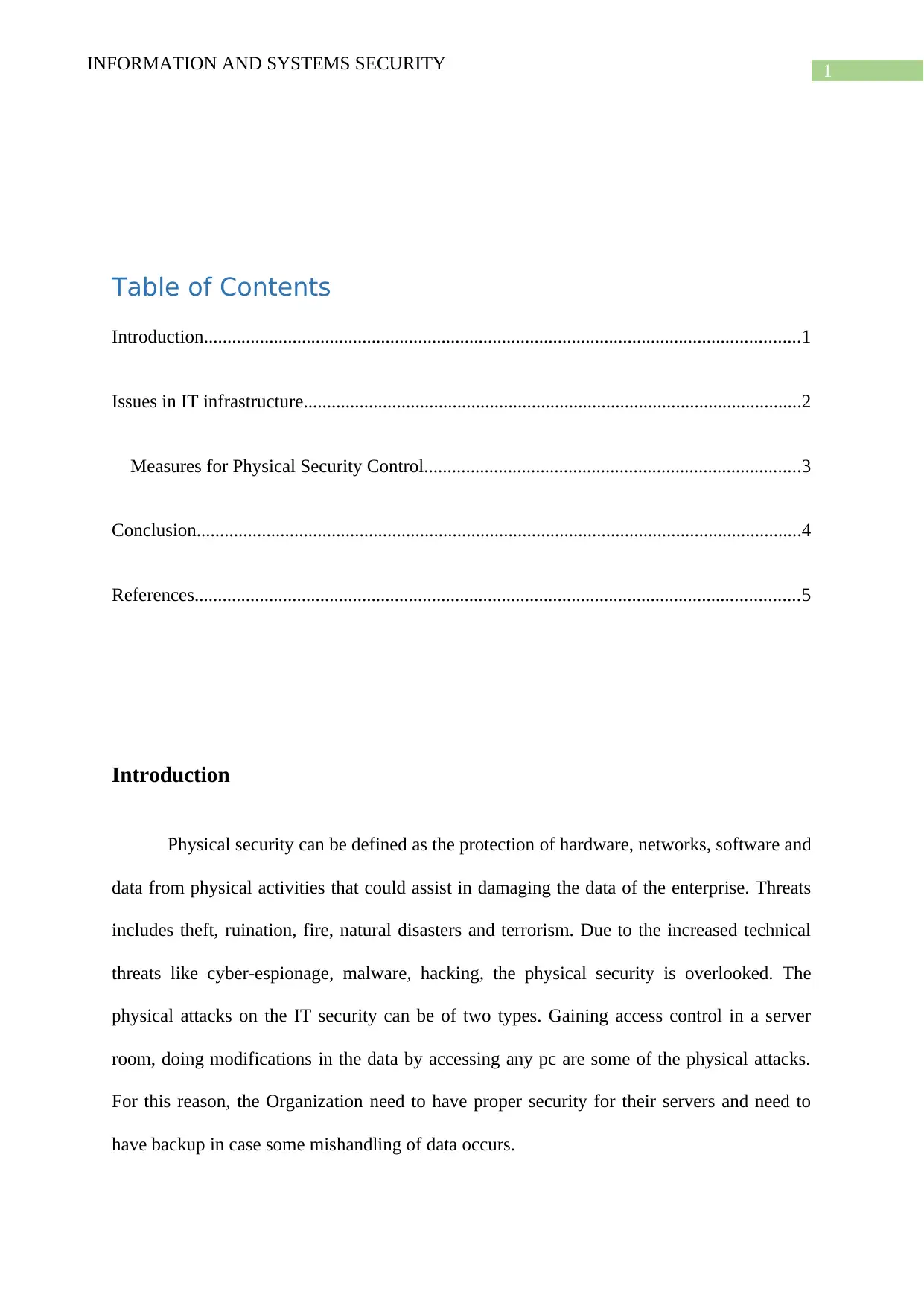
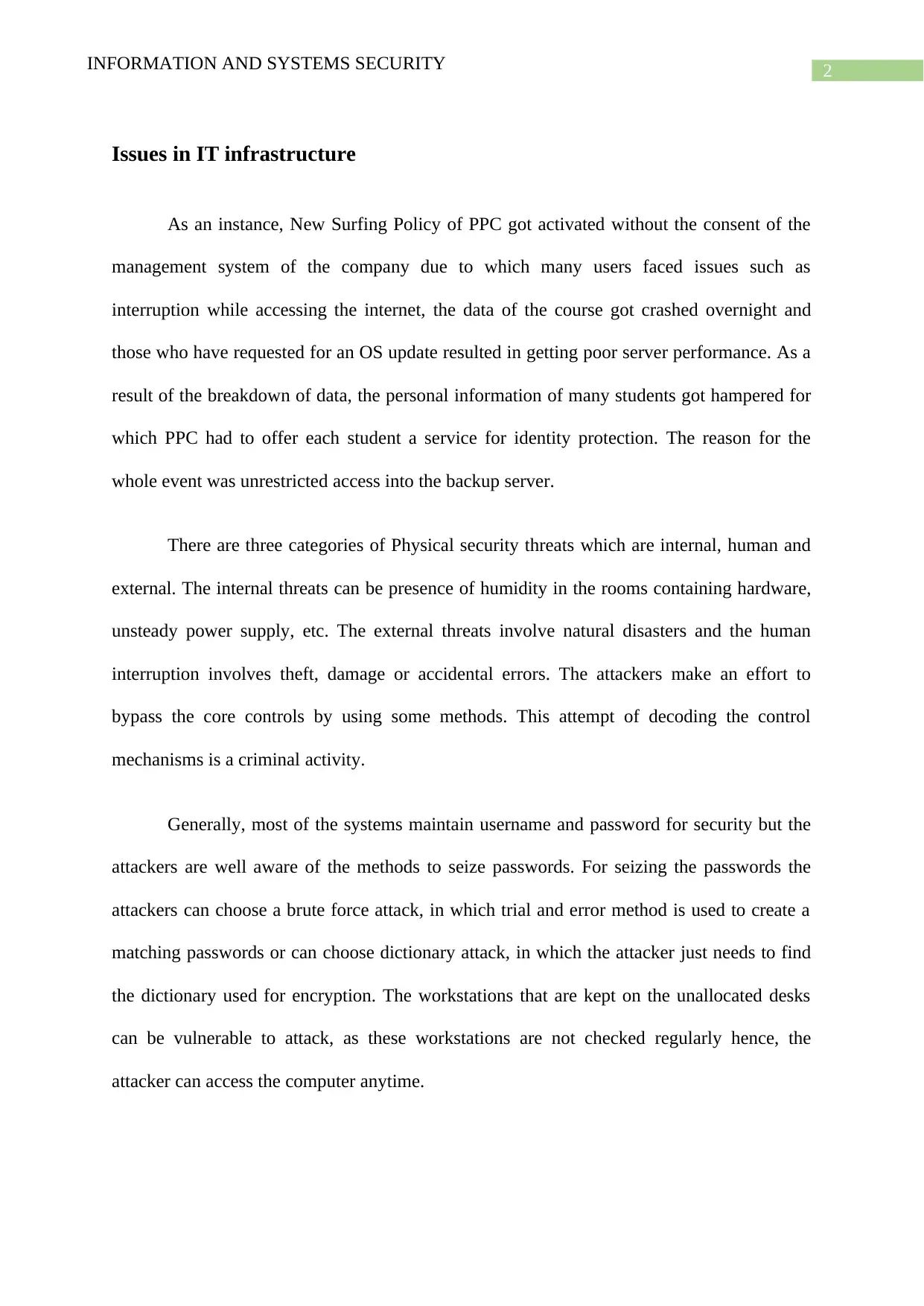

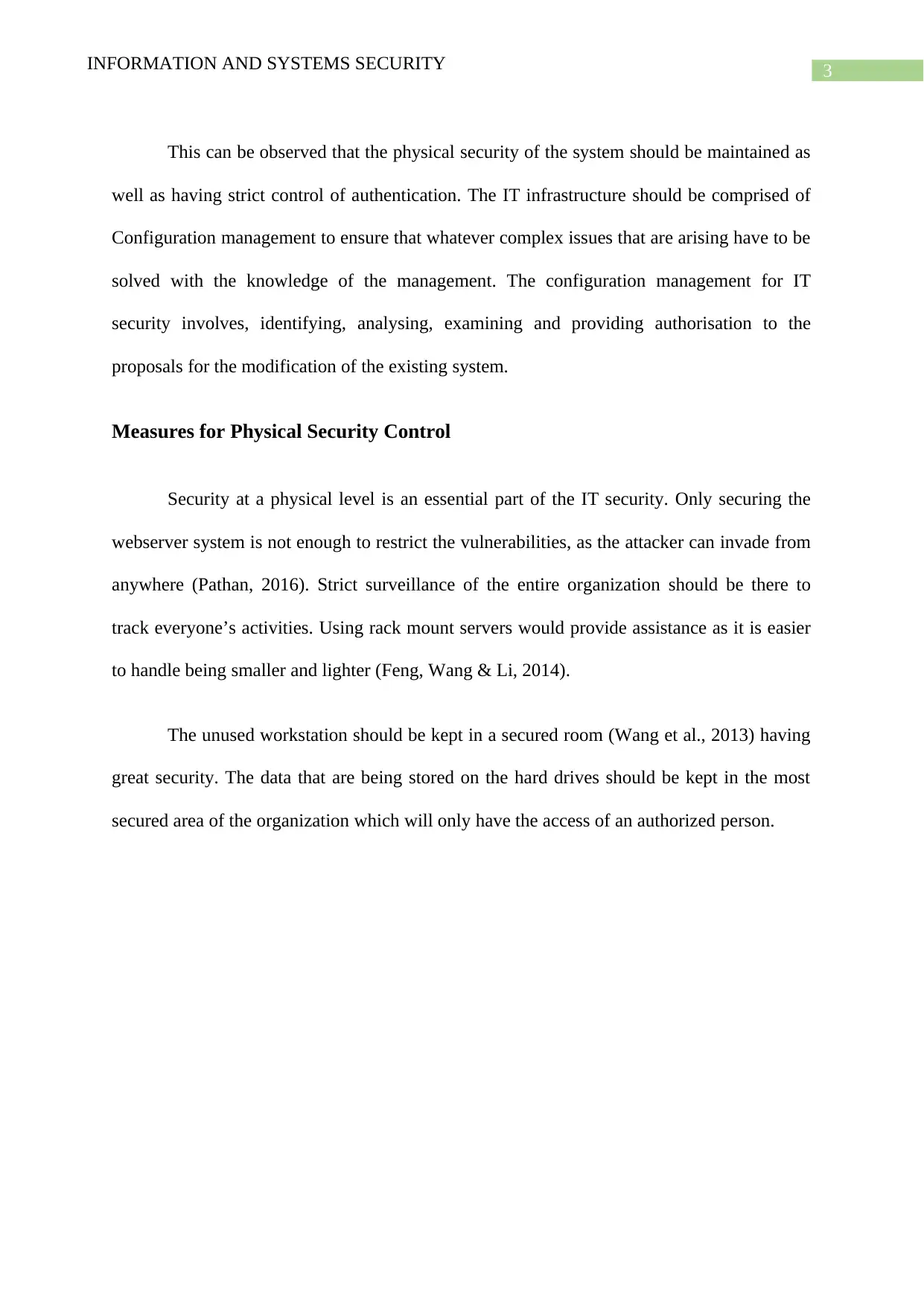
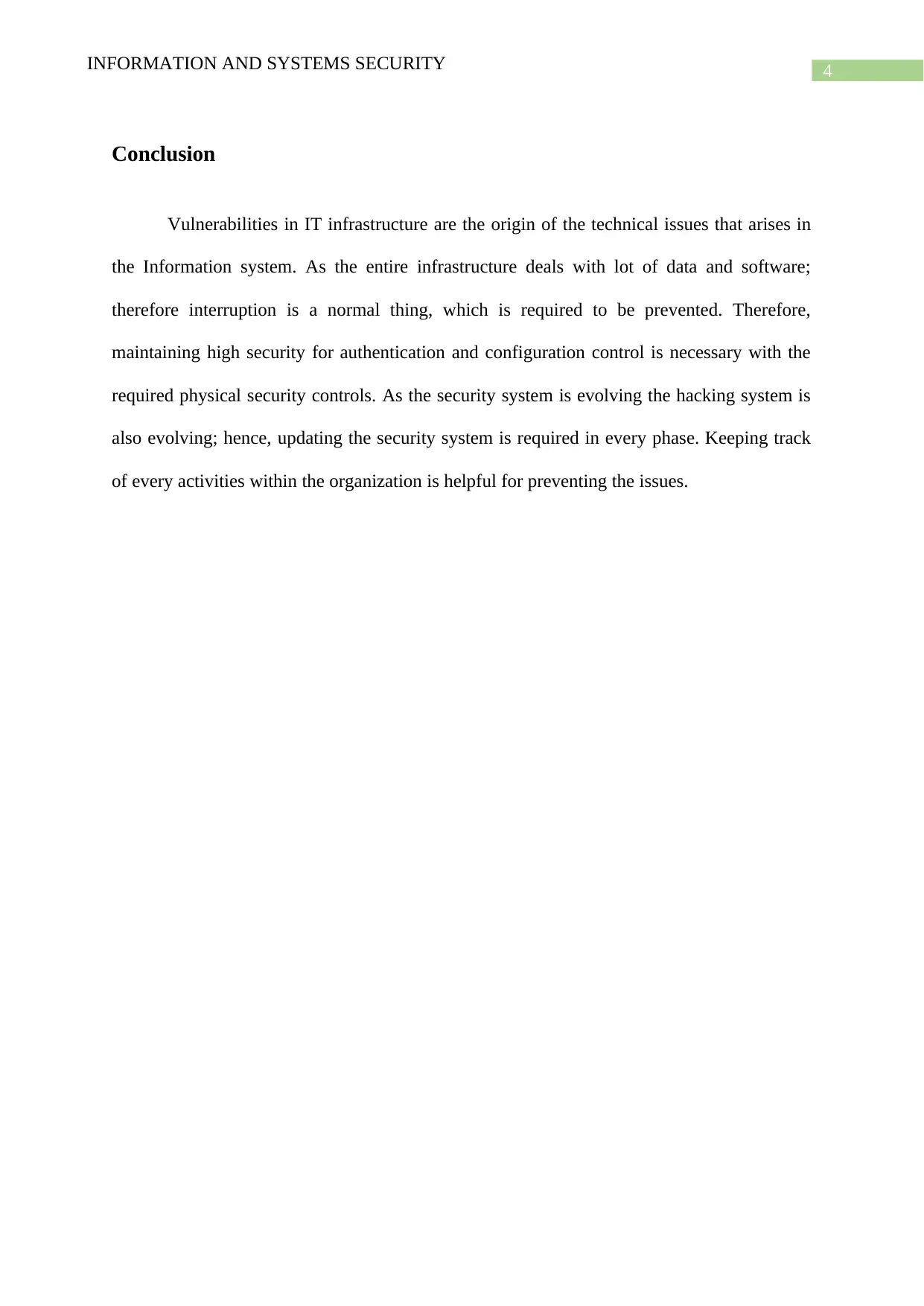
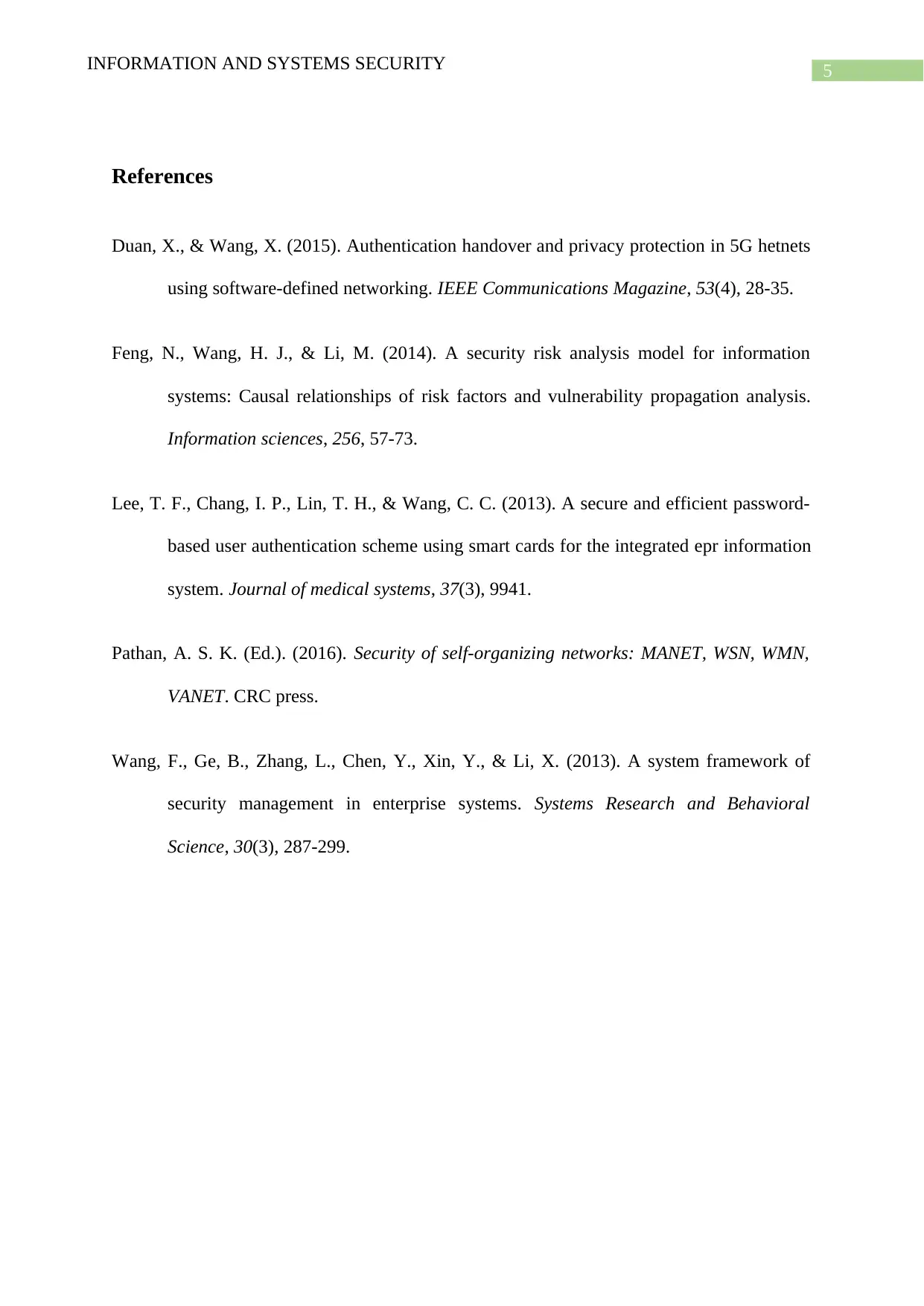






![[object Object]](/_next/static/media/star-bottom.7253800d.svg)